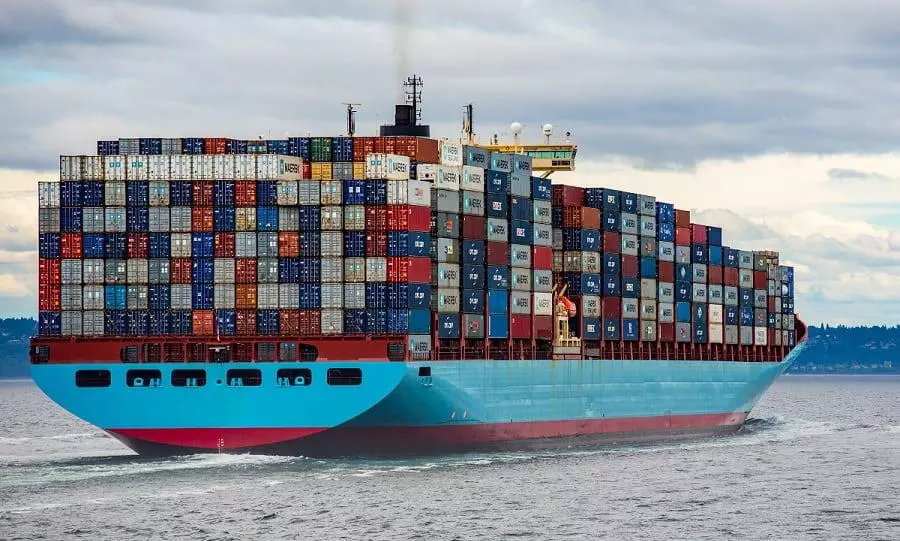Recent analyses from the United Nations Conference on Trade and Development (UNCTAD) highlight the growing supply chain vulnerability within global supply chains, primarily due to disruptions at critical maritime chokepoints. These chokepoints, including the Panama Canal and the Suez Canal, are vital for the smooth functioning of international trade. The latest report reveals alarming trends that expose how geopolitical tensions, climate impacts, and ongoing conflicts are undermining maritime trade and, consequently, global economies.
Understanding Maritime Chokepoints
Maritime chokepoints are narrow channels that are crucial for the passage of large vessels. The Panama Canal, which connects the Pacific and Atlantic Oceans, and the Suez Canal, linking the Mediterranean Sea with the Indian Ocean, are among the most significant. These routes are not only vital for transporting goods but also significantly influence global energy supplies and food security.
By mid-2024, traffic through these canals had decreased by over 50% from their peaks. Such a decline raises concerns about supply chain resilience, especially as maritime trade had only recently begun recovering from a contraction in 2022, with an increase of 2.4% in 2023.
Current Challenges
UNCTAD’s report outlines several pressing challenges facing maritime trade. The ongoing conflict in the Red Sea region and climate-induced factors like drought have severely impacted shipping routes. For instance, the tonnage of ships passing through the Suez Canal and the Gulf of Aden has dropped significantly, leading to an increase in cargo rerouting around the Cape of Good Hope. This diversion, while necessary for maintaining trade flow, introduces substantial costs and delays.
A typical container ship rerouting from the Suez Canal to the Cape incurs an additional $400,000 in emissions costs per voyage, as mandated by the European Union’s Emissions Trading System (ETS). This financial strain, compounded by increased fuel consumption and port congestion, highlights the urgent need for more resilient shipping strategies.
The Impact on Global Trade
The increased demand for container ships due to disruptions at these chokepoints has created a temporary easing of overcapacity issues in the shipping industry. However, if normal routes are restored, a significant imbalance could arise, leading to a renewed phase of overcapacity in container shipping.
Moreover, ports like Singapore and major Mediterranean hubs are experiencing heightened pressure due to rerouted vessels, causing waiting times to double. Between March and May 2024, for example, ships waited nearly 40 hours at Singapore and 26 hours at Port Klang, Malaysia.
Recommendations for Resilience
In light of these challenges, UNCTAD urges a coordinated approach to bolster maritime transport resilience. Key recommendations include:
- Investing in Sustainable Shipping: Emphasizing low-carbon and green shipping practices to mitigate environmental impacts.
- Enhancing Port Efficiency: Streamlining operations to accommodate the growing demand for transshipment services resulting from rerouted vessels.
- Monitoring Freight Markets: Keeping track of developments in shipping rates and their impacts on global trade dynamics, especially for vulnerable economies.
- Improving Hinterland Connectivity: Facilitating trade beyond port boundaries to ensure smooth logistics and supply chain management.
Conclusion
As the maritime industry grapples with increasing disruptions, the findings from UNCTAD shed light on the urgent need for adaptive strategies to secure global supply chains. The interdependence of maritime routes and international trade underscores the necessity for countries and businesses to collaborate on solutions that ensure resilience against future disruptions. Building a sustainable maritime transport framework is no longer a choice but a strategic imperative for maintaining global trade flows.







